Wildflowers in Winter – Gardens and countryside can sometimes look a bit drab in winter but if you look hard enough, wild flowers are still providing a bit of interest.
You can find winter wild flowers with a little help from your camera.
I’m no photographer. But from time to time, I do have a spell of going out to capture the world around me. Even on a cold day I’m more likely to stop and take note of small details than I do without the camera.
Here are some photos taken on recent dog walks and in my back garden mini-meadow. So, things are not as dull as they first seem. If I hadn’t been in picture taking mode – I never would have spotted some of these lovelies.
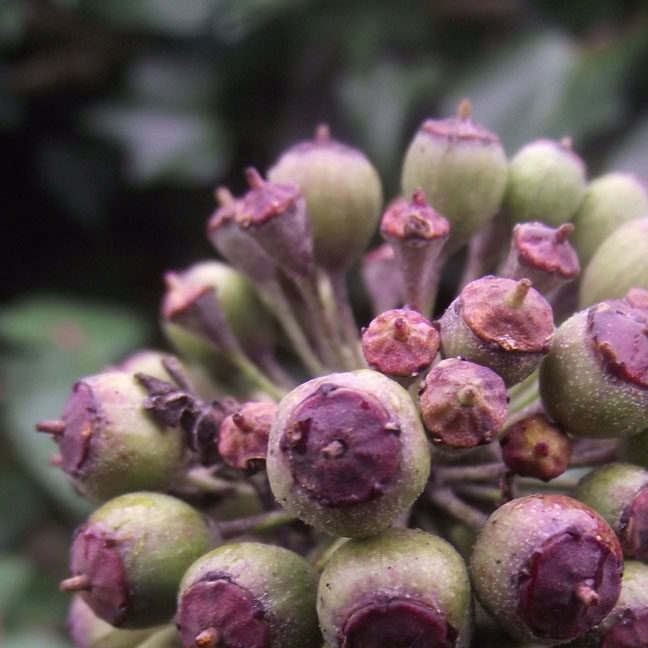
Wildflowers in winter – surprise…..Ivy
As a beekeeper this is one of my favourite winter flowers. It’s not scented and it doesn’t stand out from the crowd but it’s a valuable source of pollen and nectar when everything else is dormant. What is it? It’s ivy.
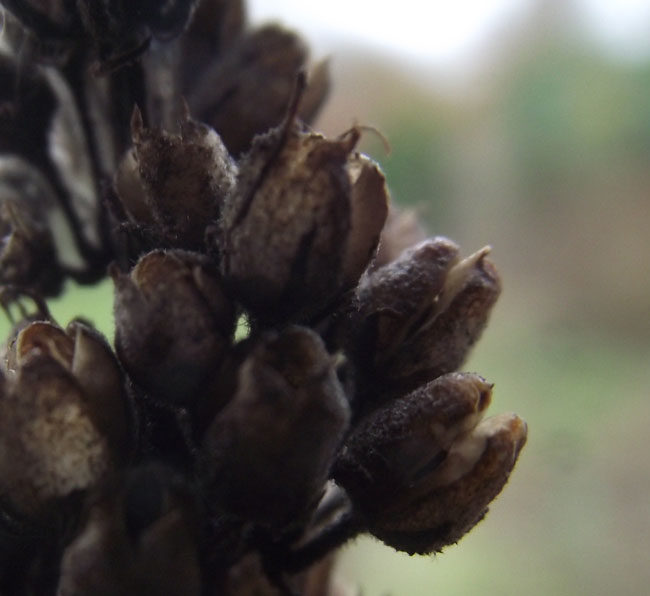
Wildflowers in winter – Greater Mullein
These are the seed heads of Greater Mullein. In summer it forms a spike of yellow flowers that bees love. But, in winter, the architectural seed-heads stand tall. And on frosty mornings they look great when there are often cobwebs strung between them.
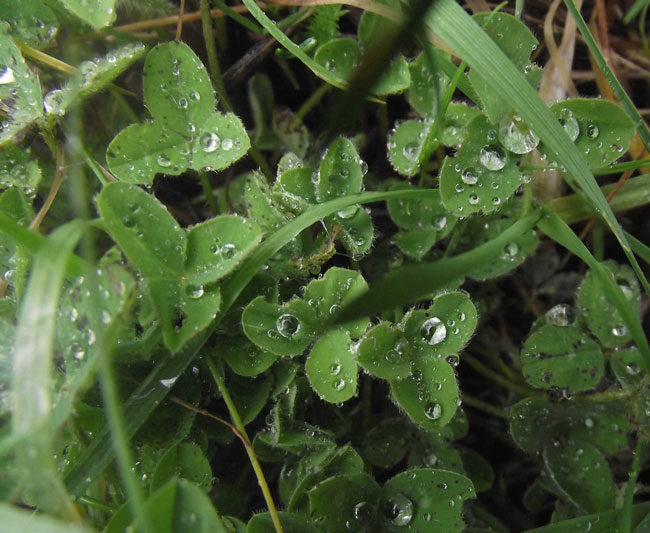
Red Clover
This is growing in the Meadowmat at the bottom of my garden. Red clover. So, its common in lawns, pastures and road verges. I just loved the way the water is sitting on the leaves. Quite enthralled how hairy the leaves are too.
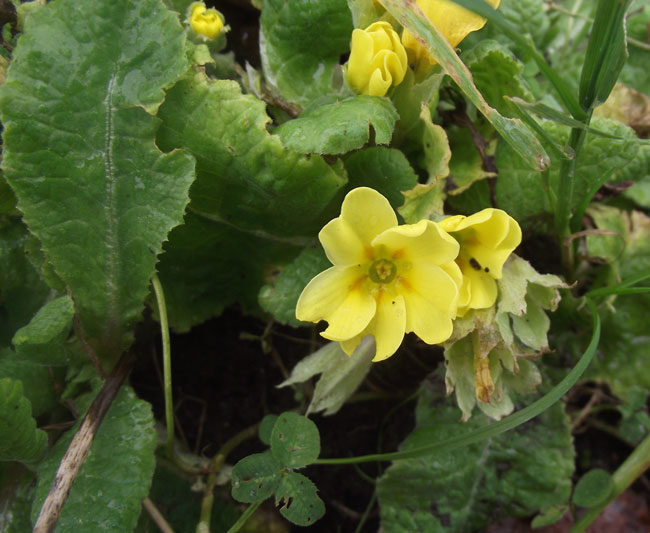
What a lucky find on a January day. Such a joy to see primroses flowering so early in the year.
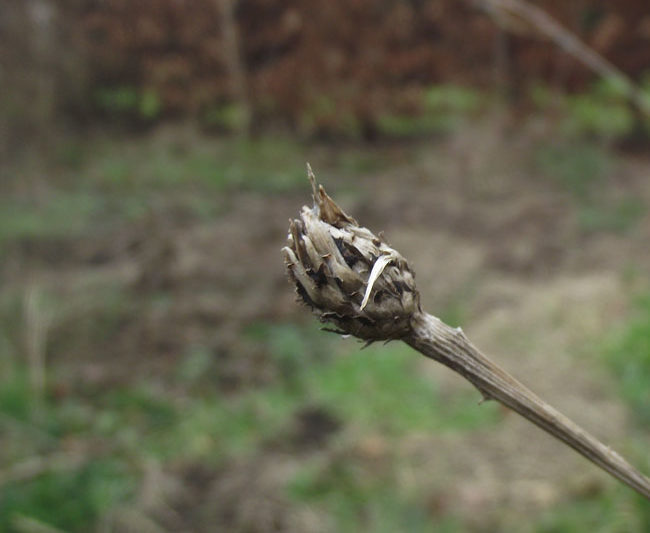
Good old Knapweed.
Bees love it, Butterflies love it. Therefore I love it. In medieval times it was called Knobweed because of its knobbly seed-heads. Such a resilient plant. It’s great.
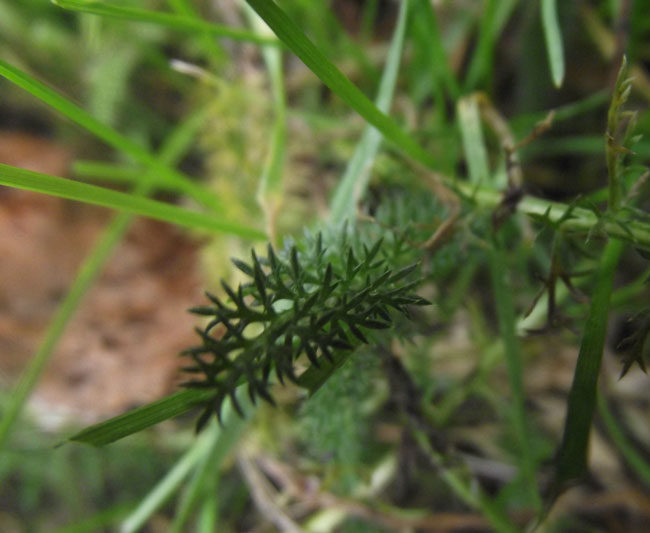
Common Yarrow
Finally, you don’t always need to see flowers or seed-heads to know what a plant is. This leaf is from the yarrow plant. The scientific name for this wildflower is achillea millefolium. Achillea because the plant is used in traditional medicine to treat tendon problems. Millefolium? Well, folium means leaves, mille means thousand. Each leaf looks as though it is made of a thousand tiny leaves.
For more pictures of wild flowers through the seasons, follow us on Facebook. Our page is updated regularly with news, images and videos related to gardening and ecology.
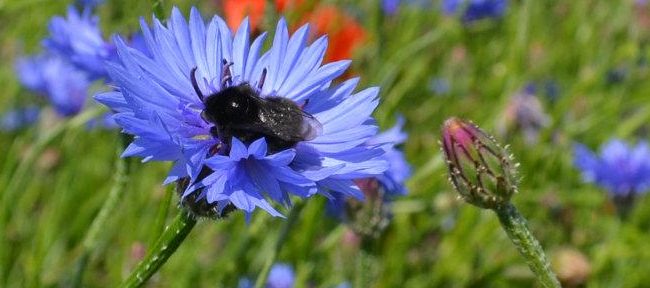
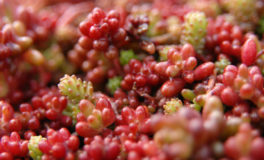 What to expect from your sedum roof in winter
What to expect from your sedum roof in winter 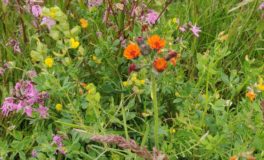 Caring for your new Meadowmat wildflower turf
Caring for your new Meadowmat wildflower turf 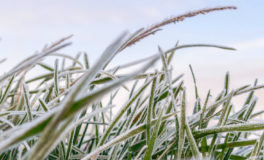 Wildflower Gardening In Winter
Wildflower Gardening In Winter 

